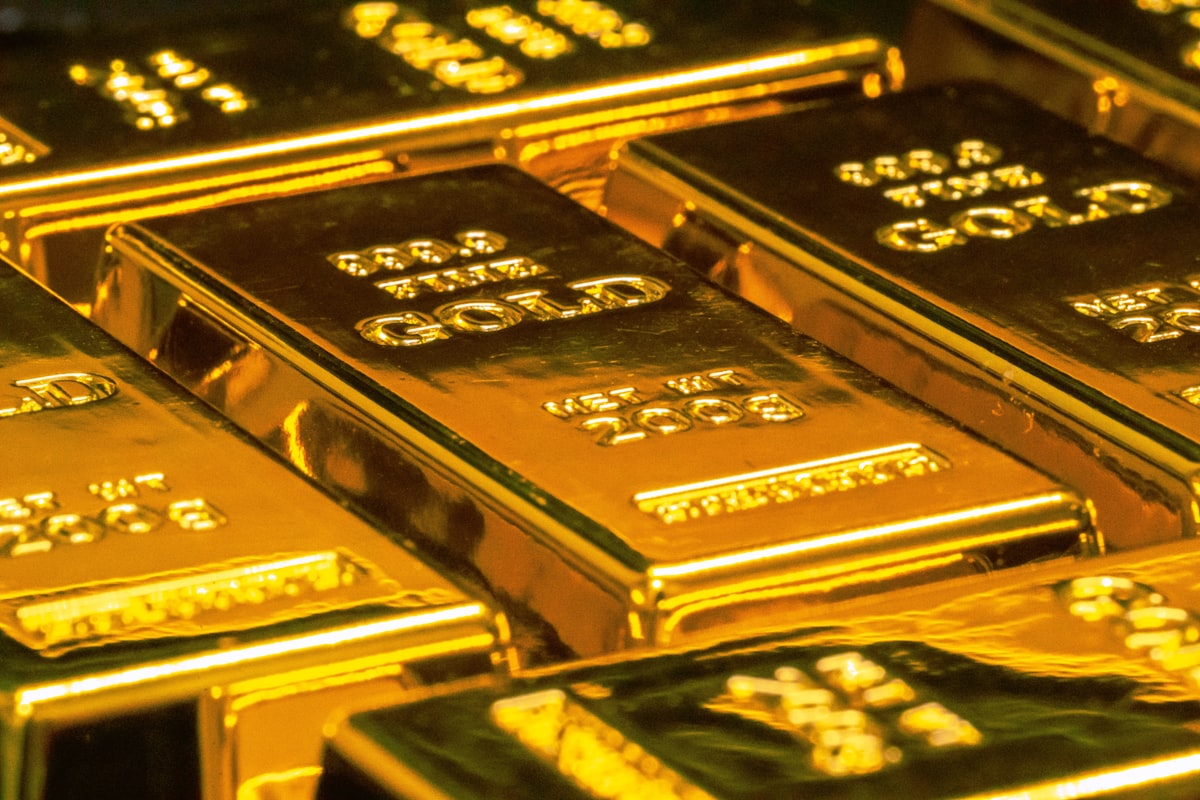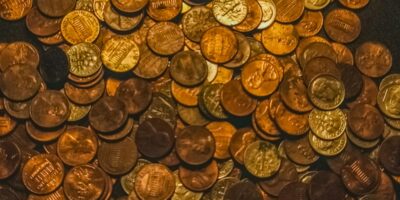Understanding the Historical Significance of the 1945 Dime

Coins can tell stories about the eras they come from. The 1945 dime, particularly, has a unique place in American history. Known officially as the Mercury dime, it was produced from 1916 to 1945. It represents both a nod to classical design and a reflection of the socio-political climate of its time.
The Designer Behind the Dime
The dime’s design was the work of sculptor Adolph A. Weinman. His rendition includes the profile of Liberty wearing a winged cap. This imagery is often misunderstood. The wings symbolize freedom of thought. Many mistakenly referred to it as the ‘Mercury dime’ due to the similarity to the Roman god Mercury. Nevertheless, the design quickly became an iconic representation of American coinage.
Composition and Production
The 1945 dime was made from 90% silver and 10% copper. This composition was typical for dimes of the period. It weighed 2.5 grams and had a diameter of 17.9 millimeters. The U.S. Mint produced millions of these dimes in 1945, marking the end of an era for this particular design.
- Philadelphia Mint: 159,130,000
- Denver Mint: 40,245,000
- San Francisco Mint: 41,920,000
Marks and Variations
Coins from different mints can be identified by their mint marks. The 1945 dime displays a small letter under the olive branch on the reverse side. The letters D and S represent the Denver and San Francisco mints, respectively. No letter indicates the Philadelphia mint. Among collectors, certain dimes are more valued due to these variations, particularly those in mint condition or with unique features.
End of an Era
1945 marked the end of the Mercury dime’s production. The following year, the U.S. Mint transitioned to the Roosevelt dime. This decision was made to honor President Franklin D. Roosevelt, who passed away in 1945. The change in design reflected a shift in cultural priorities and a tribute to a significant political figure.
Collecting and Value
Coin collectors, known as numismatists, often seek out 1945 dimes. The value of these coins can vary significantly. Condition, mint mark, and market demand are primary factors that affect worth. A dime in pristine uncirculated condition can be worth far more than one that circulated widely. Certain anomalies or errors, like an overdate or misstrike, can further increase a coin’s value.
Why It Matters Today
For enthusiasts, the 1945 dime is more than just a monetary piece. It’s a window into the past. Examining these coins offers insights into the materials used, artistic trends, and historical context of the period. They provide a tangible connection to a world transitioning from war to peace.
Understanding the significance of the 1945 dime entails appreciating both its aesthetic and its historical context. It encourages a deeper exploration into the role of currency in culture and society.
Recommended Collecting Supplies
Coin Collection Book Holder Album – $9.99
312 pockets for coins of all sizes.
20x Magnifier Jewelry Loupe – $13.99
Essential tool for examining coins and stamps.
As an Amazon Associate, we earn from qualifying purchases.




Subscribe for Updates
Get the latest articles delivered to your inbox.
We respect your privacy. Unsubscribe anytime.